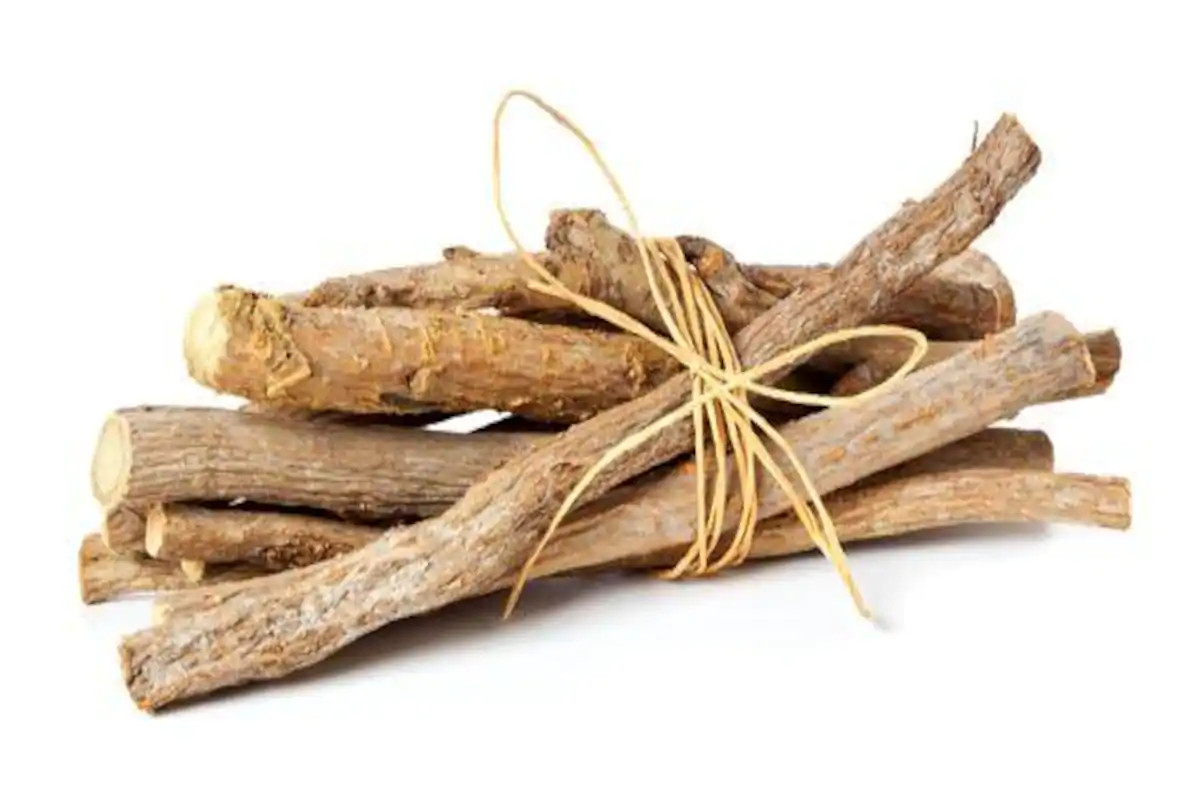The H1N1 flu, commonly known as swine flu, is primarily caused by the H1N1 strain of the flu (influenza) virus. H1N1 is a type of influenza A virus, and H1N1 is one of several flu virus strains that can cause the seasonal flu. Symptoms of the H1N1 flu are the same as those of the seasonal flu.
Symptoms
The signs and symptoms of flu caused by the H1N1 virus are similar to those of infections caused by other flu strains and can include:
- Fever, but not always
- Chills
- Cough
- Sore throat
- Runny or stuffy nose
- Watery, red eyes
- Body aches
- Headache
- Fatigue
- Diarrhea
- Nausea and vomiting
For adults, emergency signs and symptoms can include:
- Difficulty breathing or shortness of breath
- Chest pain
- Ongoing dizziness
- Seizures
- Worsening of existing medical conditions
- Severe weakness or muscle pain
Emergency signs and symptoms in children can include:
- Difficulty breathing
- Blue lips
- Chest pain
- Dehydration
- Severe muscle pain
- Seizures
- Worsening of existing medical conditions
Causes
Influenza viruses such as H1N1 infect the cells that line your nose, throat and lungs. The virus enters your body when you inhale contaminated droplets or transfer live virus from a contaminated surface to your eyes, nose or mouth.
You can’t catch swine flu from eating pork.
Risk factors
If you live in or travel to an area where many people are infected with the H1N1 virus, you may be exposed to the virus.
Complications
Influenza complications include:
- Worsening of chronic conditions, such as heart disease and asthma
- Pneumonia
- Neurological signs and symptoms, ranging from confusion to seizures
- Respiratory failure
Prevention
- Wash your hands thoroughly and frequently. Use soap and water, or if they’re unavailable, use an alcohol-based hand sanitizer.
- Cover your coughs and sneezes. Cough or sneeze into a tissue or your elbow. Then wash your hands.
- Avoid touching your face. Avoid touching your eyes, nose and mouth.
- Clean surfaces. Regularly clean often-touched surfaces to prevent spread of infection from a surface with the virus on it to your body.
- Avoid contact. Stay away from crowds if possible. Avoid anyone who is sick. If you’re at high risk of complications from the flu – for example, you’re younger than
- 5 or you’re 65 or older, you’re pregnant, or you have a chronic medical condition such as asthma – consider avoiding swine barns at seasonal fairs and elsewhere.
Homoeopathic Treatment
Gelsemium: Homeopathic medicine for swine flu corresponds to the commencement of the trouble, when the patient is weak, tired and aches throughout the body. It removes speedily, the intense aching and muscular soreness.
There is constant chilliness and the patient hugs the fire; the fever is less acute than that of Aconite, and the cough is hard and painful.
There are paroxysms of sneezing with excoriating discharge, and great torpor and apathy.
Baptisia: Influenza with marked gastro-intestinal symptoms may need this remedy, especially when there are putrid diarrhoea stools.
Clarke considers this remedy the nearest specific for the disease; he prefers the 30th potency. Hughes also praises it, but uses it in the 1x and 2x dilutions, which seem to have more extensive testimony as to their efficacy.
Eupatorium perfoliatum: This remedy has much soreness and aching of the entire body; hoarseness and cough, with great soreness of the larynx and upper respiratory tract. Coryza with thirst.
Drinking causes vomiting. The cough is a very shattering one, hurts the head and chest, and as in Drosera, the patient holds the chest with their hands.
The breakbone pains are characteristic of the remedy. Add to these symptoms acute bilious derangements, and it is all the more indicated. Many physicians rely on this remedy in influenza / flu almost exclusively in the early stages.
Sabadilla: Sneezing is the great keynote of this remedy. Sneezing and lacrimation on going into the open air. The throat is swollen and the pain is worse on empty swallowing; the sneezing is excessive, shaking the whole body. Shudderings, with gooseflesh chills creeping upwards, are also prominent symptoms. Frontal headache, dryness of mouth, without thirst and cough, worse on lying down, are additional symptoms. It suits well; many cases of the catarrhal form of flu; other remedies for sneezing are Cyclamen and Euphorbia.
Arsenicum: Homeopathic medicine for swine flu covers more phases of flu than perhaps any other remedy. Hughes believes that it will cut short an attack, especially when there is a copious flow, prostration and paroxysmal coryza.
Its periodicity makes it suitable for epidemics, and it suits the early symptoms when the affection is in the upper portion of the respiratory tract. The burning dryness and copious watery excoriating secretion and the involvement of the conjunctiva are unmistakable indications.
Langour and prostration are prominent symptoms.
Tags: Swine Flu And Homoeopathy









